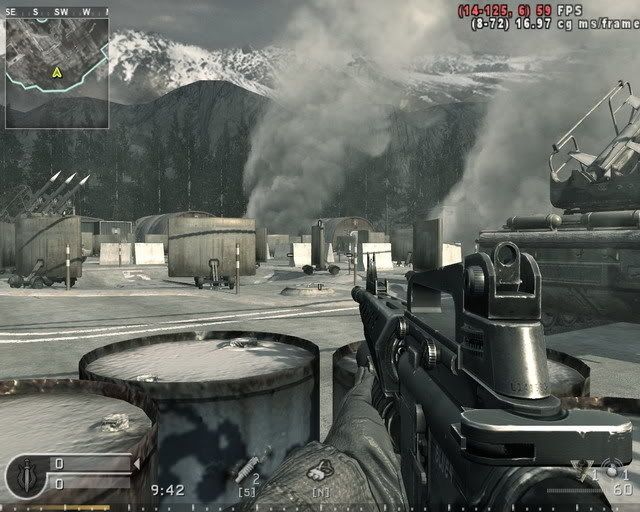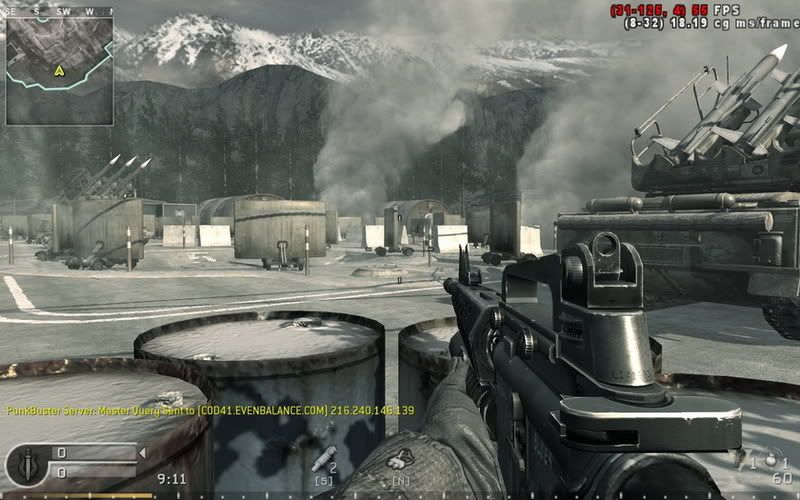Thanks for viewing my thread, below I have a couple questions regarding wide-screen gaming and field of view benefits that I need answered, if you can take the time to answer them I would greatly appreciate it.
Ok so here is a little info on my past gaming experience with LCD's and CRT's...
I'm a serious gamer in 1st person shooters and have a ton of experience as you can see from my xfire profile. I allways get 1st place every server, every map I play in for COD2, COD4, and Joint Operations. I'm very competative in getting this 1st spot and keep training everyday to keep this position....

Currently I'm using a 21" Sony Trinitron FD CRT that I love which does 1600rez@100hz and 1280rez@140hz.
I've recently tried out a 22" 2ms Samsung and a 22" 2ms Viewsonic LCD that I purchased to only test then return them and was very disappointed in the performance.
While running COD2@1680x1050 on these LCD's I noticed something very very different about how the game looked and felt performance wise. It seemed like I was lagging when making quick movements looking around quickly it just seemed like the movement wasn't as smooth as my CRT and the LCD's seemed almost blurry to me in fast action. Because of this I wasn't able to get off the quick headshot snapshots as easy as I could with my CRT due to this issue.
Ok so with that said above you can tell I'm biased against using LCD's, but in the process of building a new PC setup for a squad mate he keeps getting told by his peers that he shouldn't get a 21" Sony Trinitron FD CRT for $150 and should drop $300 for a 22" LCD when his main focus is fps gaming.
The only thing that I see as an unconfirmed advantage for LCD's is the wider Field of View that you get when running in wide-screen mode. The questions that I have are simple...
1.) Does COD2 & COD4 wide-screen mode really give you a wider field of view then the standard 4:3 that I'm accustomed to with my 21" CRT??
2.) Is there a 22" LCD out there that is better then these (2) models that I tested which can perform better then a Trinitron FD?
I just find it hard to believe that running in wide-screen mode actually lets you see more of the map to the left and right of the screen.
![[H]ard|Forum](/styles/hardforum/xenforo/logo_dark.png)

